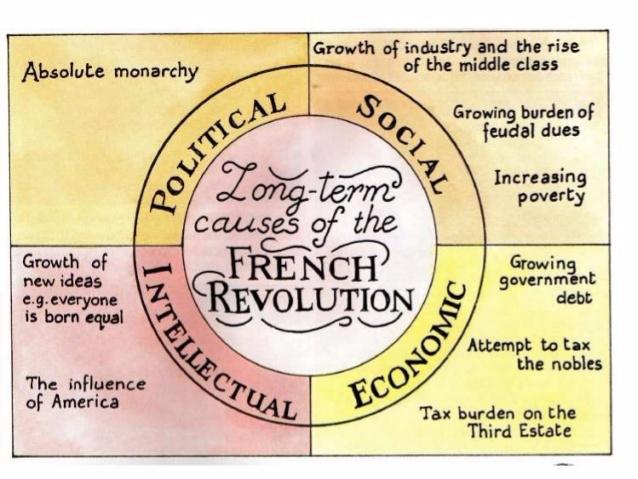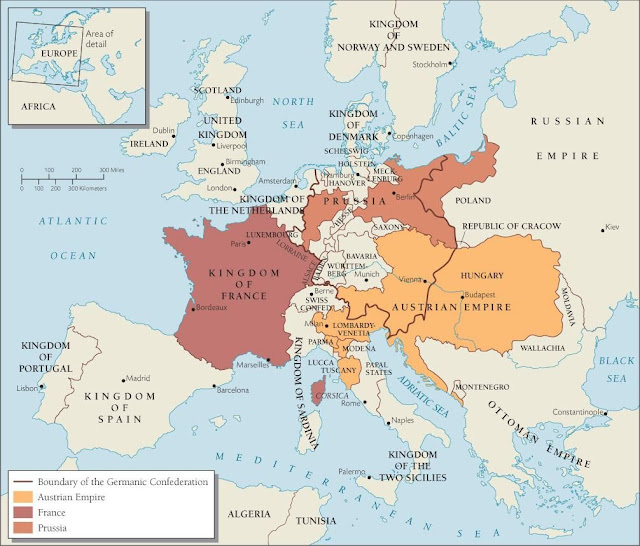THE CHALLENGE
YOU WILL COMPOSE A SPEECH/PEP TALK AS IF YOU WERE ONE OF THE PERSONALITIES INVOLVED IN THE REVOLUTIONARY PROCESSES
CONTENTS
1. WARM-UP
What is it talking about?
3. THE AMERICAN REVOLUTION
A. THE THIRTEEN COLONIES
LET'S WORK WITH HISTORICAL TEXTS
Articles of the United States Constitution (1787)
Article 1. All legislative powers herein granted shall be vested in a Congress of the United States, which shall consist of a Senate and House of Representatives.
Article 2. The executive power shall be vested in a President of the United States of America.
Article 3. The judicial power of the United States shall be vested in one Supreme Court, and in such inferior courts as the Congress may from time to time ordain and establish.
Article 4. The United States shall guarantee to every state in this union a republican form of government, and shall protect each of them against invasions (...).
Amendment I. Congress shall make no law respecting an establishment of religion, or prohibiting the free exercise thereof; or abridging the freedom of speech, or of the press; or the right of the people peaceably to assemble, and to petition the Government for a redress of grievances (...).
17 September 1787.
D. ORGANISING EVENTS
- Let's make a timeline
- Breaking down History
E. TO KNOW MORE
4. THE FRENCH REVOLUTION 1789-1799 AND THE NAPOLEONIC ERA 1799-1814
CAUSES THROUGH TEXTS
b.The process
5. THE RESTORATION. RETURN TO ABSOLUTISM
c. A summary
6. THE LIBERAL REVOLUTIONS OF THE 19th CENTURY
a. The rise of liberalism and nationalism.
b. 1820's wave
 Map showing the revolutions of 1820 in Europe.
Map showing the revolutions of 1820 in Europe.
In the first half of the 19th century, the restoration of absolutism and the spread of liberalism gave rise to a new wave of revolutions. The revolutions of 1820 were concentrated in the Mediterranean area and Russia. Army officials and secret societies played significant roles.
Liberals in Spain, Portugal, Naples, Piedmont, and Russia rose up against absolutist regimes. Some monarchs initially accepted the constitutions, but in the end, they imposed absolutism.
Case Study: Russia
In Russia, the revolutionary movement took place in December 1825, after the death of Tzar Alexander I. Several liberal secret societies conspired to promote the coronation of Constantine, Alexander's older brother, in place of Nicholas. The uprising failed and was brutally suppressed.
c. 1830's wave
 Map showing the revolutions of 1830 in Europe.
Map showing the revolutions of 1830 in Europe.
The revolutions of 1830 affected practically all of Europe and placed liberals in power in many states. They began in France with the ousting of Charles X and the implementation of the constitutional monarchy of Louis-Philippe, Duke of Orléans.
The revolution then spread to Belgium, which achieved independence from Holland, and then to Spain, Portugal, and several Italian and German states. However, once power was taken, liberal leaders limited rights and freedoms and established censitary, or limited, suffrage, excluding commoners from politics and power.
Case Study: France
In France, Charles X signed ordinances in July 1830 that dissolved the Chamber of Deputies and reduced the electoral body; this caused the insurrection of the people of Paris and the abdication of Charles X. Finally, the bourgeoisie imposed a liberal constitution.
d. 1848 wave
 Map showing the revolutions of 1848 in Europe.
Map showing the revolutions of 1848 in Europe.
 Map showing the revolutions of 1848 in Europe.
Map showing the revolutions of 1848 in Europe.The revolutions of 1848 were more extensive, had greater participation, and were more radical. They began in France, where Louis-Philippe was ousted from power and the French Second Republic was created, which implemented a constitution establishing universal male suffrage.
The revolution also reached Prussia, Austria-Hungary, Switzerland, the German Confederation, and some Italian states. In all of them, revolutionaries set up barricades in the streets and demanded more rights, popular sovereignty, universal male suffrage, and social equality. These demands terrified the bourgeoisie, who suppressed them and implemented conservative liberalism.
Case Study: France
In France, the revolution filled Paris with barricades. Louis Philippe de Orleans was overthrown, and the Second Republic was proclaimed, which established a constitution recognizing universal male suffrage. The subsequent elections gave a majority to the Conservatives, who abolished the previous measures and crushed the ensuing workers' rebellion in Paris.
e. Consequences
In spite of their limitations, the outcome of the revolutions was positive, given that certain revolutionary values were consolidated. Many Western European countries, therefore, adopted liberalism and wrote constitutions recognizing male censitary suffrage.
France maintained universal male suffrage. Serfdom was abolished in almost all central and eastern European countries, with the exception of Russia. The bourgeoisie gained the most from the liberal revolutions, taking control of conserving and defending public order. Commoners, on the other hand, were defeated and did not achieve the deeper political and social transformations they had hoped for. However, they developed class consciousness and began to organize themselves to stand up to the bourgeoisie and the liberal State they had helped create.
f. A concept map and other resources
France maintained universal male suffrage. Serfdom was abolished in almost all central and eastern European countries, with the exception of Russia. The bourgeoisie gained the most from the liberal revolutions, taking control of conserving and defending public order. Commoners, on the other hand, were defeated and did not achieve the deeper political and social transformations they had hoped for. However, they developed class consciousness and began to organize themselves to stand up to the bourgeoisie and the liberal State they had helped create.








































No hay comentarios:
Publicar un comentario